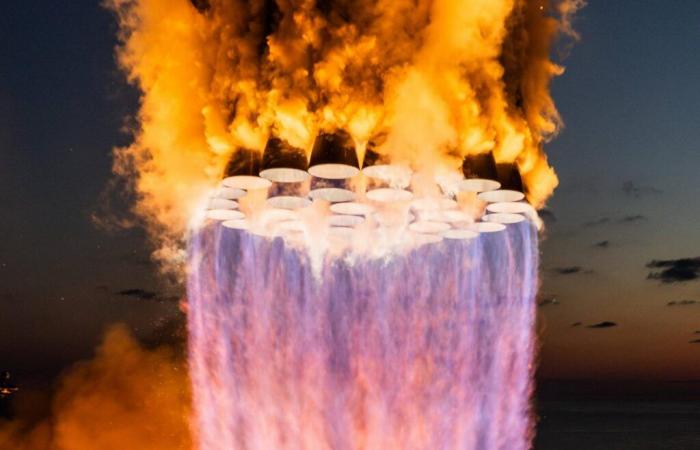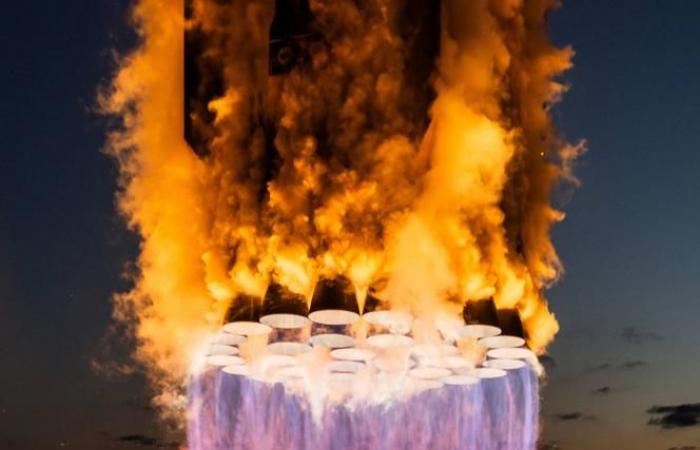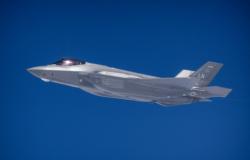To focus on the spectacular test flights of the Starship – SpaceX's giant rocket –, on the small handful of manned flights which punctuate the life of the International Space Station each year or on the rare scientific probes which set out to explore the Solar System, one might believe that breaking away from Earth remains an exceptional activity. This would be to forget that the space sector has, for several years, been in a frenzy of putting satellites into orbit and that launches now take place almost every day. Two hundred and eleven successful takeoffs in 2023, a record which will be broken in 2024.
“Over the past decade, describes Stijn Lemmens, space debris expert at the European Space Agency (ESA), space activities have grown exponentially. » A development due, in large part, to Elon Musk who not only imposed the concept of a reusable rocket, but also began to deploy his megaconstellation of Starlink satellites, which provide Internet from space. A program in the process of being imitated by other actors, private like Amazon or state since China and the European Union also want their megaconstellation.
Result : “In the last three years, we have seen more satellite launches than in the previous sixty years, observe Stijn Lemmens. Today, the annual number of satellites put into orbit is in the thousands, with more than 2,400 objects in 2023, and this trend is expected to continue. Over the next decade, we anticipate an influx into low Earth orbit that could amount to several tens of thousands of satellites. »
Also read (2022) | Article reserved for our subscribers Starlink, Elon Musk's satellite constellation that could well destabilize the world of telecoms
Read later
Until now, the main concern caused by this proliferation was the risk of collision between machines. However, scientific studies published here and there since 2020 have identified a new, insidious threat: a serious disruption of the upper atmosphere and in particular of the stratospheric ozone layer. This, which plays a protective role for life on Earth by absorbing harmful ultraviolet rays emitted by the Sun, is barely recovering from partial destruction due to our emissions of chemical substances, chlorofluorocarbons.
“We are only at the beginning”
Ironically, it is by striving to be clean, by wanting to clean up low orbit, that space actors risk polluting and damaging the upper atmosphere. The rules of good conduct require them, in fact, to deorbit satellites at the end of their life so that they do not turn into space waste. The operators therefore let their machines descend towards Earth. Rubbing at very high speed against the upper layers of the atmosphere, they vaporize in whole or in part. In 2023, around 700 satellites and 200 rocket upper stages will have completed their celestial journey.
You have 76.63% of this article left to read. The rest is reserved for subscribers.







